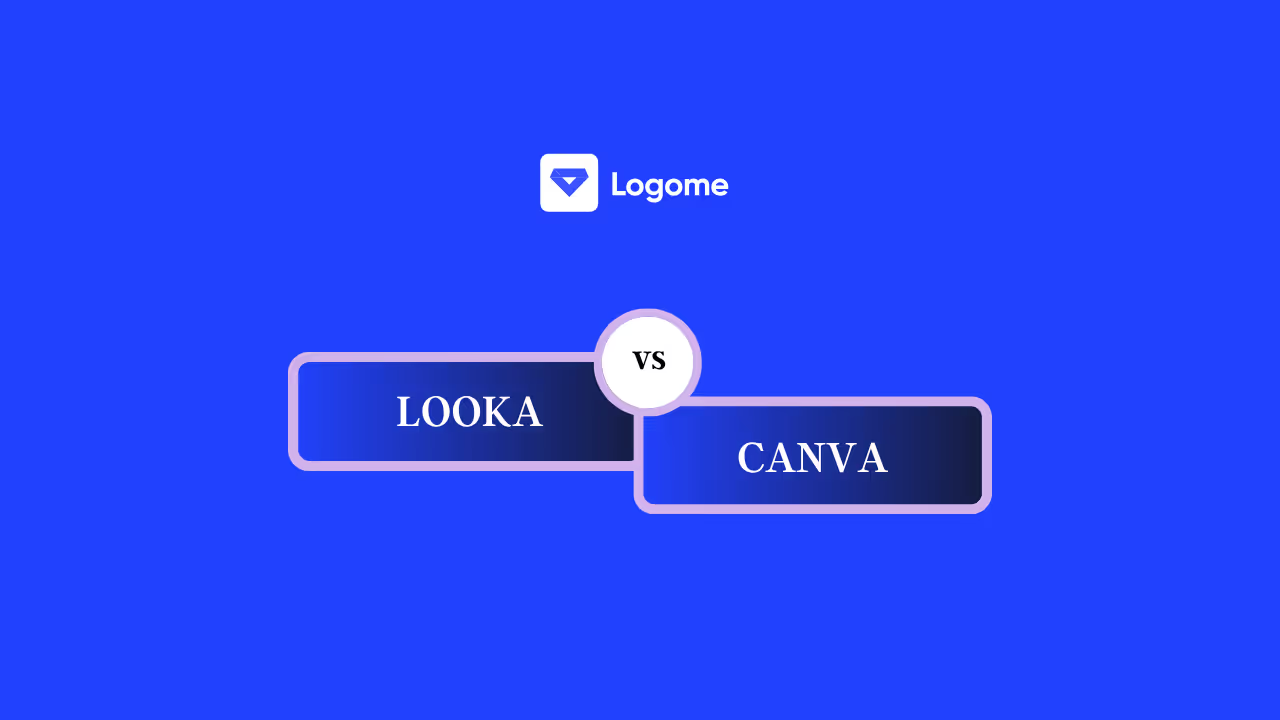Can You Copyright or Trademark AI-Generated Logos? [2024]
Wondering if you can copyright or trademark an AI-generated logo? Here’s everything you need to know.
Wondering if you can copyright or trademark an AI-generated logo? Here’s everything you need to know.

Can you copyright a logo generated by artificial intelligence (AI)? No. Can you trademark an AI-generated logo? Yes.
Let’s find out why.
AI tools can help you create a professional logo quickly and on a small budget, even if your design skills are lacking.
But before you generate an AI logo, it’s worth taking the time to understand how copyright and trademark laws apply to AI-generated images. After all, you want to protect your business’s visual assets and avoid legal issues down the road.
Here’s everything you need to know about copyrighting and trademarking AI-generated logos.
Before we start, what’s the difference between a copyright and a trademark?
Copyright is a legal right that grants creators of original works exclusive control over their use and distribution. Copyrights apply to art, literature, drama, and musical works. Think poetry, novels, movies, songs, computer software, architecture, and more.
For example, Pablo Picasso’s oil painting, “The Old Guitarist,” is copyrighted. This means it would be illegal to sell t-shirts online featuring the painting, without first obtaining permission from The Picasso Estate.

“A trademark can be any word, phrase, symbol, design, or combination of these things that identifies your goods or services,” according to the USPTO. “It's how customers recognize you in the marketplace and distinguish you from your competitors.”
For example, McDonald’s famous ‘M’ logo is a government-registered trademark — as indicated by the ‘®’ symbol.

Starbucks, on the other hand, includes the ‘™’ symbol in its logo to indicate that this logo is used to identify a product or service — but it’s not a government-registered trademark.

Overall, copyrights protect creative work, whereas trademarks protect brand identities and prevent confusion in the marketplace.
Yes, some logos can be copyrighted if they’re original works created by a person.
However, since logos usually serve as brand identifiers that distinguish goods or services, they’re more commonly protected under trademark law. Sometimes, businesses will choose to also copyright a logo that features a particularly artistic, complex, or intricate design.
No, you can’t copyright AI-generated logos — although this may change in the future.
Why? Because only original works created by humans can be copyrighted. And as far as the U.S. Copyright Office is concerned, AI-generated logos — and other AI-generated works — “lack human authorship,” so they can’t be copyrighted.
But humans control and prompt AI, right? Isn’t AI just another creative tool, like a paintbrush or pencil? So, what gives?
Basically, AI combines existing creations to generate new ones — often with incredible results. Many AI-generated images are undoubtedly creative and innovative.
However, the ‘author,’ in this case, is a computer program — and computer programs aren’t eligible for property rights, at least in the US.
Yes, you can trademark AI-generated logos. Why? Because trademarks protect symbols, names, and slogans used to identify goods and services. And unlike copyrights, trademarks don’t need to be authored by humans — they must only be distinct identifiers used in commerce.
So, how can you trademark your AI-generated logo?
Before you file a trademark application for your AI-generated logo, you must complete these steps:

While you can't copyright an AI-generated logo since it lacks human authorship, you can trademark one.
Trademarks protect distinct identifiers used in commerce, making them ideal for safeguarding your brand's identity. To trademark your AI-generated logo, document the creation process, ensure its uniqueness, and demonstrate its use in commerce.
For now, you can create a trademarkable AI-generated logo in minutes with LogoMe.



Discover how 500,000+ businesses and creators are using our AI logo maker in their Logo creation.



